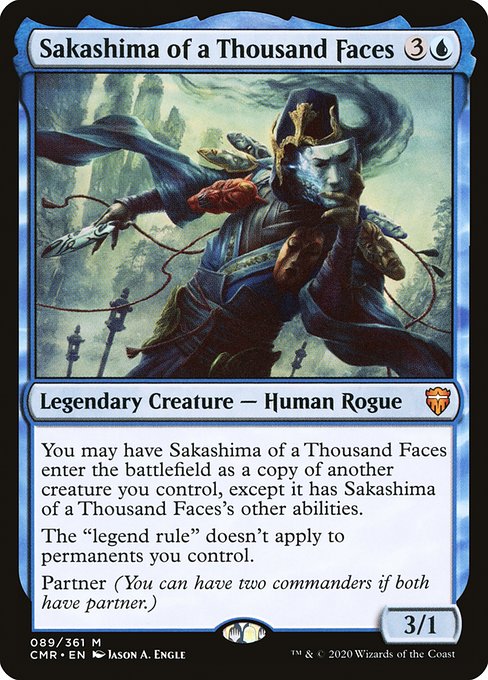Deck & Commander Strategies
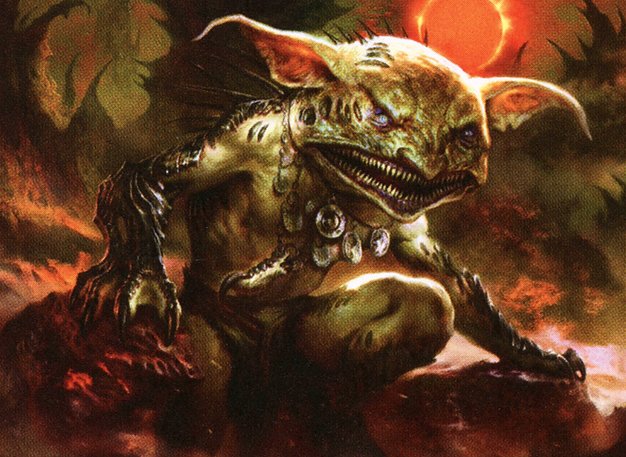
Krark, the Thumbless
A red-blue spellslinger deck focused on casting multiple instant and sorcery spells to generate value through copying and cascading effects, aiming to overwhelm opponents with spell-based combos and tempo plays.

Sakashima of a Thousand Faces
A clone-focused deck that leverages copying creatures and spells to generate incremental value and control the board while supporting combos involving multiple spell interactions.
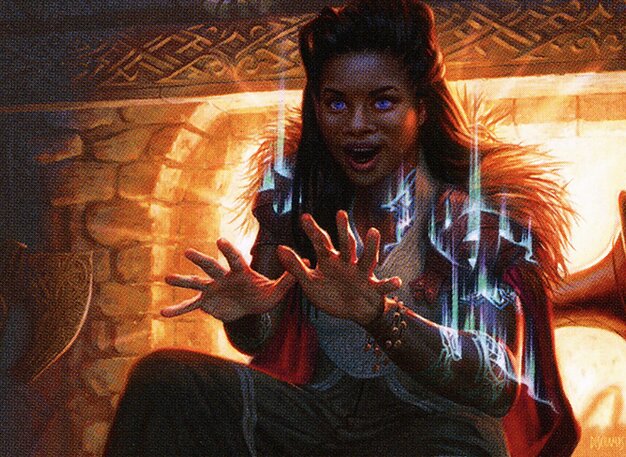
Birgi, God of Storytelling // Harnfel, Horn of Bounty
A red-centric deck that uses Birgi’s mana generation and spell casting triggers to accelerate into high-impact plays, combining aggressive creatures and spells to gain card advantage and board control.

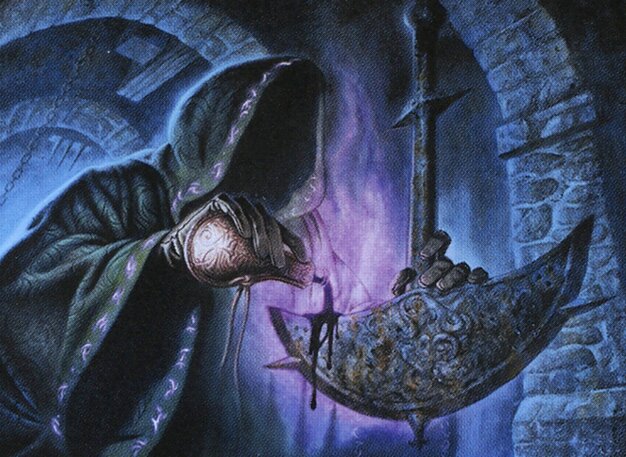
Gale, Waterdeep Prodigy // Scion of Halaster
A blue-black spellslinger deck that uses graveyard recursion and spell copying to control the board and generate incremental advantage through card draw and value engines.
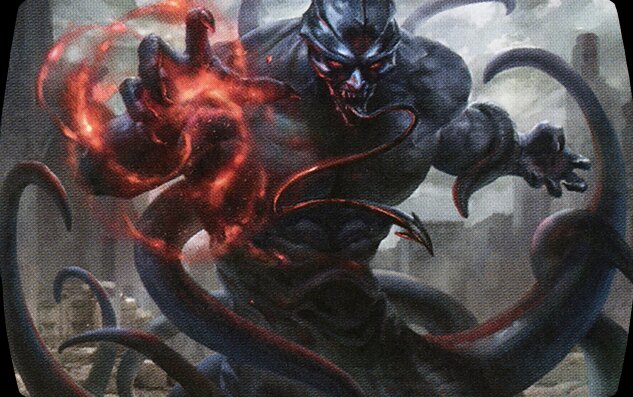
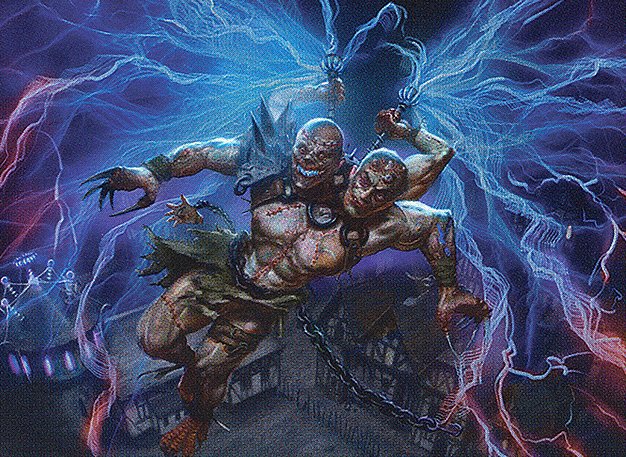
Tevesh Szat, Doom of Fools // Kraum, Ludevic's Opus
A Grixis (blue, black, red) control deck that generates value by casting and copying spells, creating tokens, and disrupting opponents’ strategies while building towards a powerful board state.
Gameplay Insights
- 1
Repeated use of Chain of Vapor to bounce and copy key mana rocks disrupted opponents' resource development and maintained tempo advantage.
- 2
Casting spells like Jeweled Lotus and cracking mana rocks early allowed players to generate explosive mana for high-impact plays.
- 3
Players carefully managed interaction timing, choosing when to respond or allow spells to resolve to maximize value from copying and bounce effects.
- 4
Using Ragavan’s ability to generate treasures and apply early combat pressure helped maintain offensive momentum.
- 5
The use of wheel effects and hand reshaping spells revitalized hands and set up new avenues for card advantage and combo potential.
Notable Cards
-

Jeweled Lotus
-
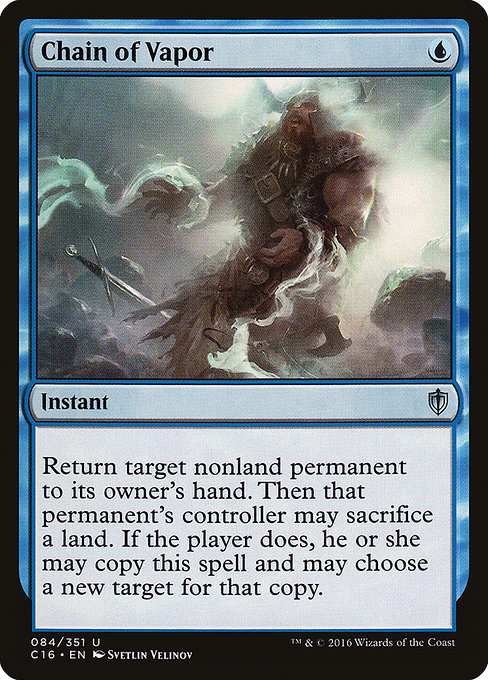
Chain of Vapor
-
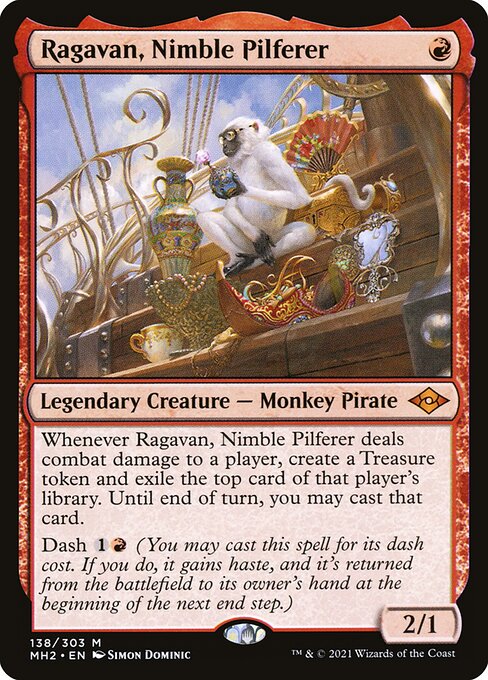
Ragavan, Nimble Pilferer
-
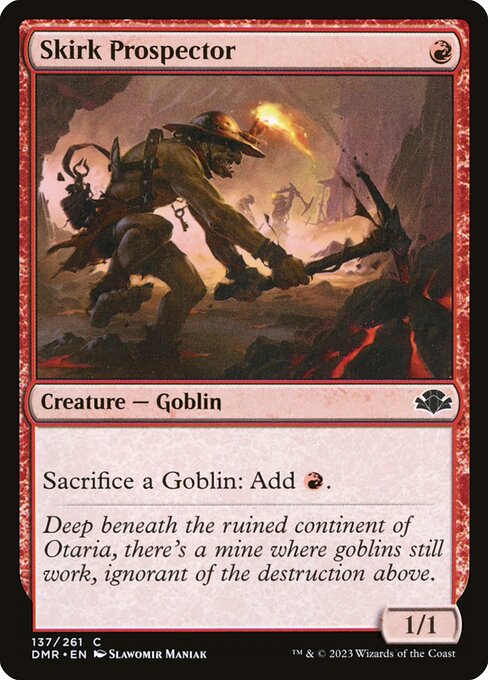
Skirk Prospector
-

Arcane Signet
-
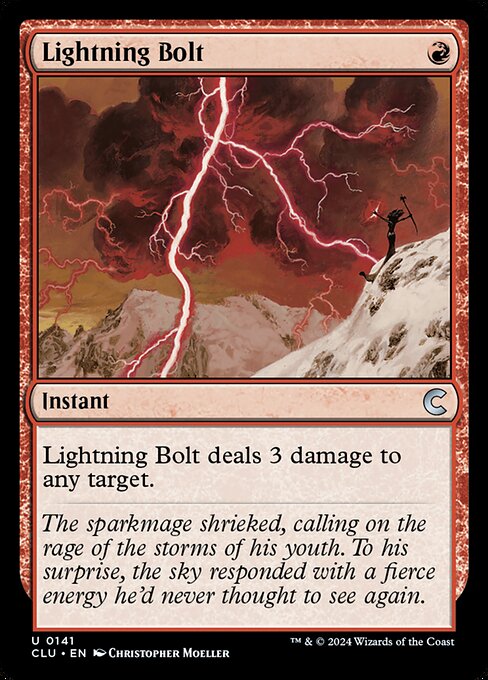
Lightning Bolt
-
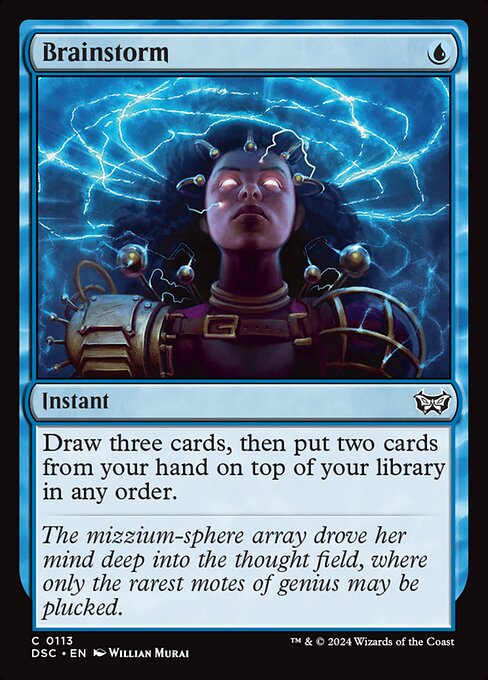
Brainstorm
-

Chrome Mox
-
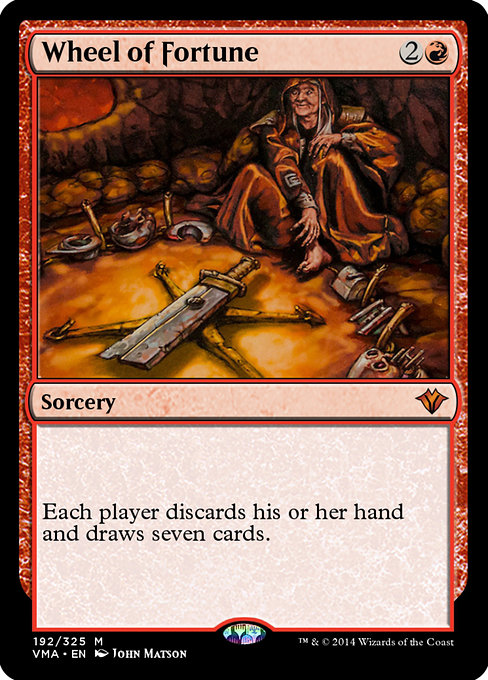
Wheel of Fortune
-
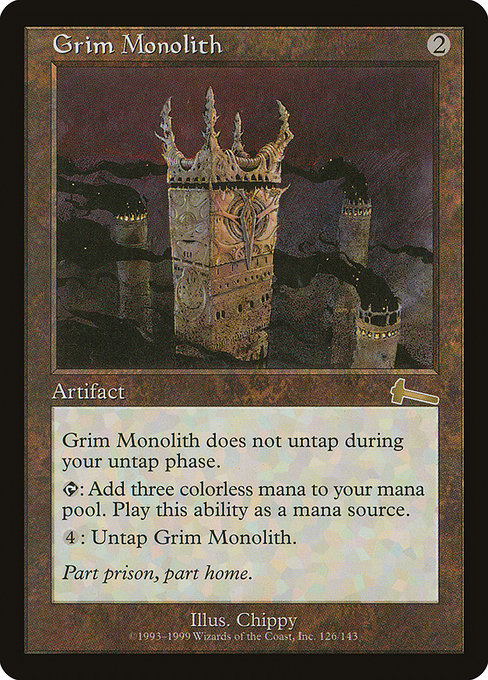
Grim Monolith
Gameplay Summary
The game began with players establishing their mana bases and early board presence, including ramp spells like Jeweled Lotus and mana rocks such as Arcane Signet and Soul Ring.
Early interaction centered around tempo plays and copies of spells, particularly with Chain of Vapor being used multiple times to bounce key permanents.
Sakashima’s clone and various copy effects added layers of complexity to the board state.
Players took turns applying pressure with creatures like Ragavan and Skirk Prospector, while also deploying powerful value engines such as Birgi’s ability to generate mana and card advantage. As the game progressed, Tevesh Szat emerged as a significant threat by casting spells like Geocast Image and leveraging token creation to build a board presence.
Notable resource denial came into play with players cracking lands and sacrificing mana rocks to maximize spellcasting potential, underscoring the importance of efficient mana use in this multiplayer setting.
Key moments included interaction with spells like Lightning Bolt and Brainstorm, plus a wheel effect that reshaped hands and board states.
The game’s dynamic revolved around maintaining tempo, managing resources with value plays, and utilizing spell copying and bounce effects to disrupt opponents while advancing their own game plans.



